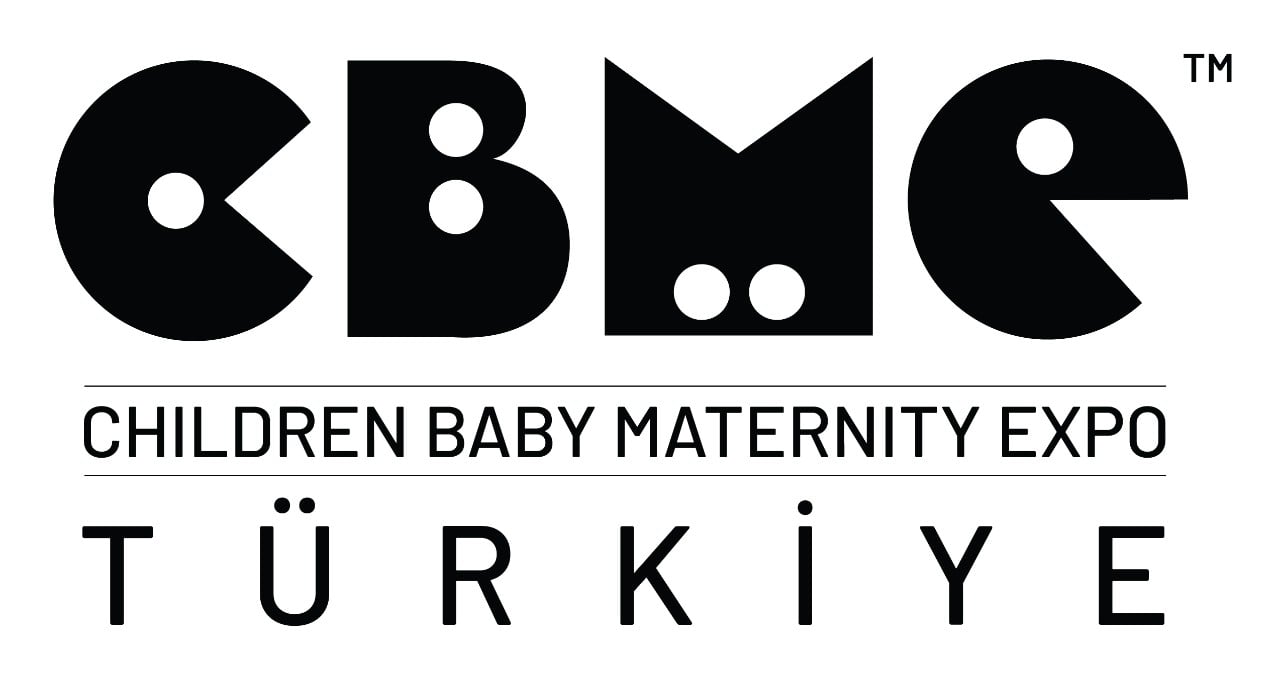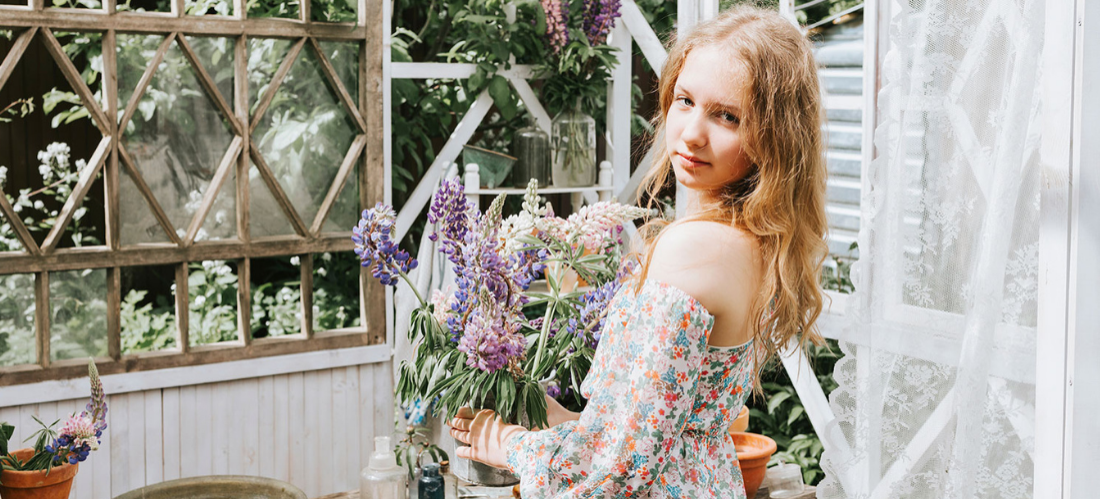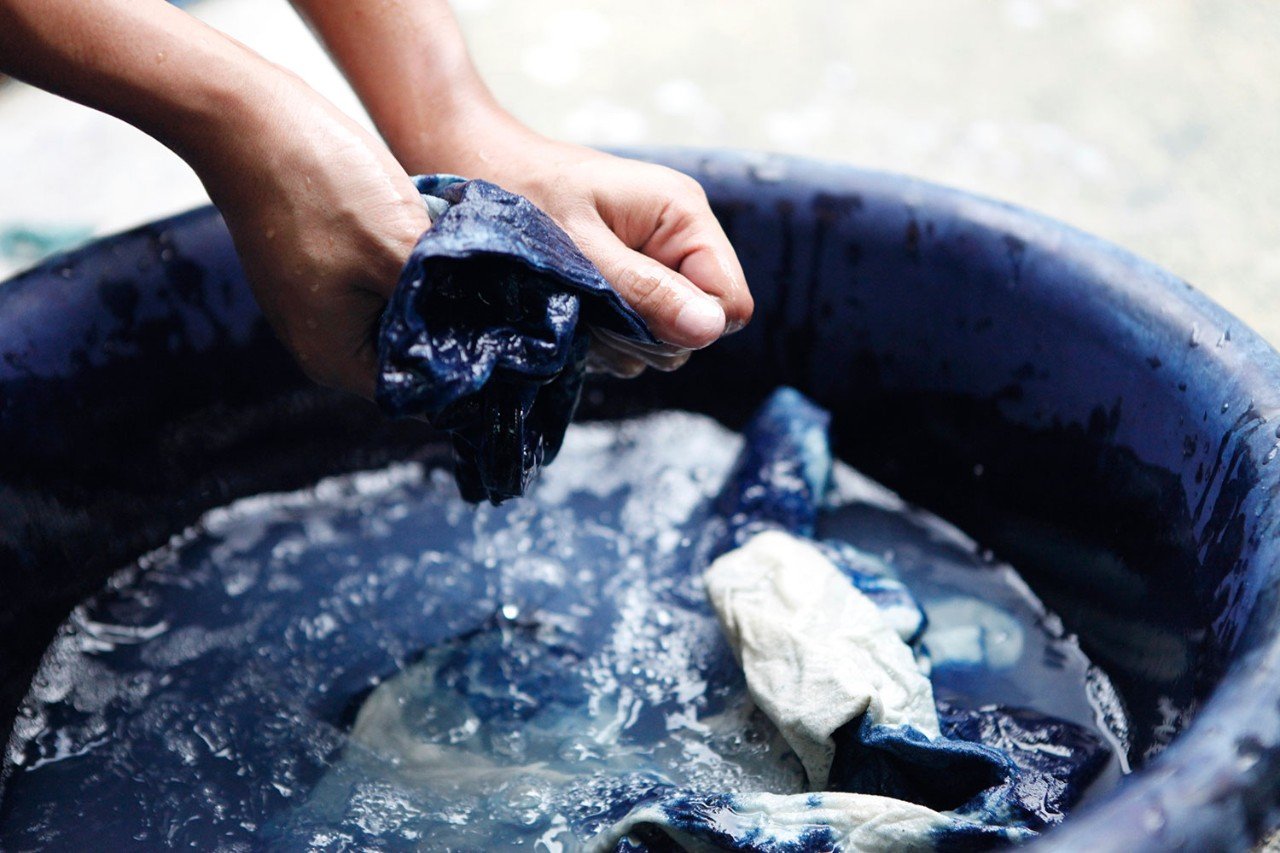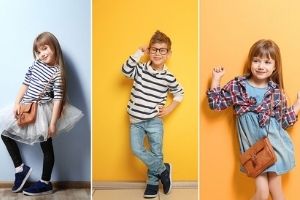CBME Turkiye | 11 - 14 December 2024
Venue | Istanbul Expo Center Hall 1-2-4-8
Visiting Hours | 09.30 - 18.30 (Wednesday-Friday)
09.30 - 16.00 (Saturday)
Publishing date: 23 September 2021
Average Reading Time: 3 minutes
Sustainable and Innovative Color Ideas Influencing the Future of Kids Fashion
WGSN explains the importance of naturally produced sustainable colors. And divides these innovative colors into 5 categories. So what are these innovative color ideas? We examine the color ideas that will affect the future of kids fashion.
Consumers are becoming more attentive to their origins and environment day by day. They even question the environmental effects of the tools, goods and clothes they use Industries and brands also have to take some new, environmental steps. And attach importance to sustainability. In this parallel, especially in the fashion industry, innovative color ideas come to the fore to develop alternatives to chemical dyes, to reduce the amount of waste and the use of water, and to increase the recycling cycle of a product. The fashion industry's approach to creating color causes many resource consumption and harm to nature.
Naturally, derived colors will have an important place in the product strategies of the future. Thus they are seen as a solution to these problems. Let's talk about these colors and products now.
Innovative Color İdeas
1. Undyed Products
Outdoor and sportswear brands are leading the production of dye-free raw materials with their color. When sustainable products are produced colorless, thousands of gallons of waste are saved and especially water is saved. Ensuring water sustainability in ready-made clothing supply is an important issue for chain manufacturers. Conscious clarity from the 21/22 trends encourages living with less, especially for a zero waste solution. This will put fashion brands in a restrictive mode.
Natural undyed textile products have already started to be used by leading and important brands. For example, Vild produces soft, organic cotton hats that are 100% undyed. Petit Kolibri uses natural tones of alpaca wool in its products.
In line with this trend, you can shape your strategy. And focus on using undyed yarns or fibers. So you go for recycled or organic sources. WGSN's recommendations in this regard are to obtain undyed, colored products with naturally colored cotton, lamb's wool, alpaca wool, artificial cellulose-based wool fibers, and to use recycled polyester and silk.
2. Food Waste
Unfortunately, a huge amount of food is wasted every year around the world. Ways to deal with this problem continue to be sought.
One solution has been for designers and industry experts to use food waste as an untapped source of natural dyes. The emergence of this innovative color idea is based on the fact that vegetables, fruits and nuts are actually excellent sources of natural color. Imagine, many wastes can be used, from coffee grounds to onions and avocado peels… Moreover, food waste is a non-toxic source. Important brands such as H&M, Toyoshima, Ternua have already started to use this solution in their products.
3. Botanical
The main idea of the botanical coloring method, which is based on the 'New Mythologies', one of the trends of the 21/22 season, comes from the tendency towards cheaper and easily available, more harmful dyes as a result of the disappearance of historical, natural dyes synthetically. Based on the spiritual and physical therapy and healing effects of botanicals, organic clothing is produced. Naturally, plant-based sensitive and non-allergenic paints with a unique, deep appearance are used.
Today, the number of brands turning to botanical dyes is increasing day by day. Among them are brands such as children's fashion brands Illoura, Nike, Flavia Aranha, Awaveawake.
4. Indigo
Indigo dye is extracted from the thousands of years old Indigo tree plant. Obtaining the dye is based on a long and hard process. The authentic indigo dyeing method used in the past is gaining popularity again today. In particular, brands started to invest in indigo dyes within the scope of 20th-century trends. Such as returning to tradition and environmentally friendly production. Indigo dye, natural indigo, has antibacterial and anti-inflammatory properties. It also has flame retardant properties. Indigo dyeing is preferred especially in denim and shoe products.
5. Bacterial Pigments
Among the greatest effects of bacterial pigments is the elimination of the need for toxic chemicals and excessive use of water.
In this method, pigments are created biotechnologically derived from bacteria. These are also used to dye textile products. It should be noted that this technology is still in its infancy. Still, a range of colors has been achieved so far. These are from blues and purples to reds and oranges. Painting with bacterial pigments has many benefits. These include the fact that they emit little carbon, use little water, and unlike natural dyes, the ingredients are not seasonal and not harvested.
Things to Consider
As you can see, innovative color ideas will be an important part of the future. Therefore, it is advised to pay attention to the following issues:
1. Invest in understanding the dyestuffs from food. It is one of today's growing sources of natural color. And its commercial potential is very high. You can create appropriate designs from these materials within the scope of social responsibility and environmental awareness. Thus, you can tell your customers about sustainability and other benefits.
2. You can work with paint suppliers that produce natural dyes on a global scale. In this way, you can learn in advance about the dyes. Which will be on the market in the future and design your new fashion products in the light of those colors.
3. For nature and health, stay away from bleaching and invest in natural raw colors. Even create your basic color palettes with undyed natural-botanical colored textiles. Thus, your innovative and sustainable brand image will be strengthened.
4. Follow the new bacterial color technology closely and invest in it if you can. Because in the future, instead of classical paints and more traditional oil paints, painting technology by means of living microorganisms (bacteria) awaits us.
You can also register as a visitor to CBME Turkey to learn about the trends that will shape the future in the kid’s products industry and to establish new connections. CBME Turkey, which takes place face to face on 8-11 December 2021 at İstanbul Expo Center, brings the global kid’s products industry together one more time.
Don't Forget the Share!
Kids Fashion Spring-Summer 22 Season Trend Colors
Post-pandemic positivity prevails in the colors of the Spring-Summer 22 season determined by WGSN and Coloro. The trend colors of the season are divided into two themes; enhanced nature and everyday pleasure. Enhanced nature consists of natural tones while everyday pleasure consists of more subdued & grounded tones.
Sign-up our monthly "Trend Newsletter" to be always updated.
Subscribe to CBME Turkey's monthly "Trend Newsletter" to always stay up-to-date with news and trends in baby & children products sector.
